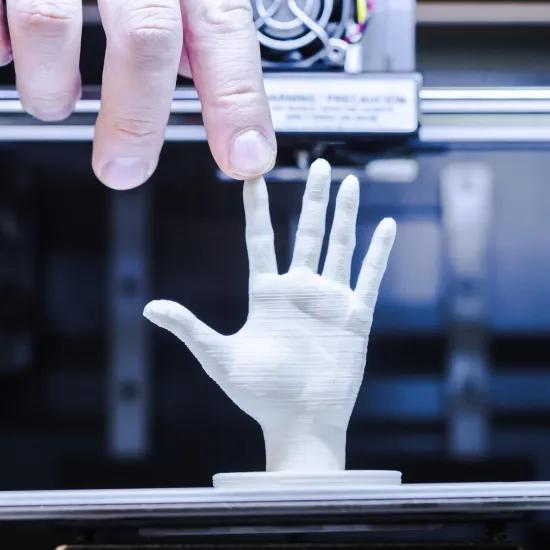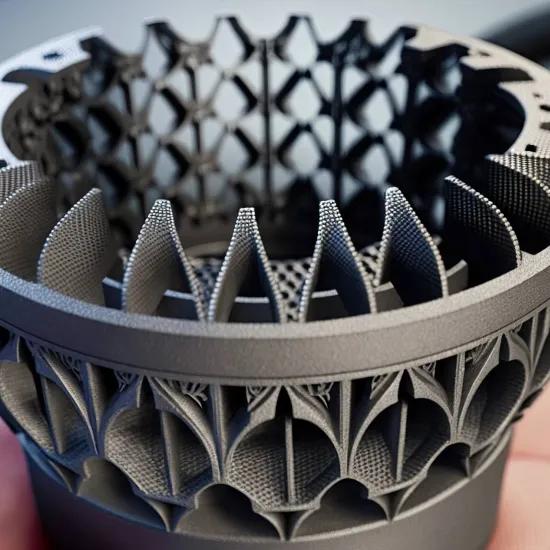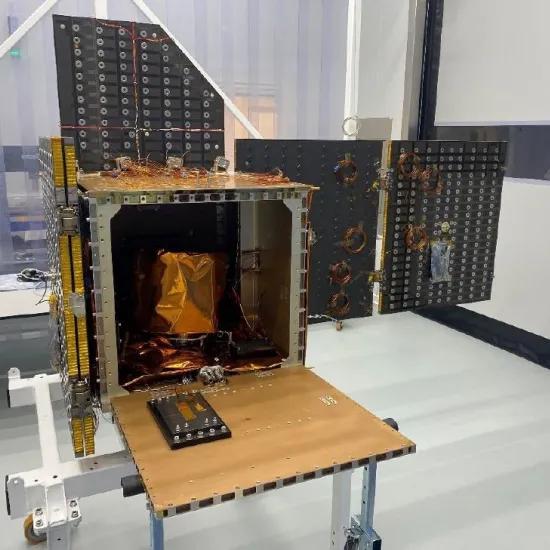In two webinars on 17 November 2020, Sirris and Granutools will give you new insight in powder handling for AM. We will go deeper into the use of compaction curves to detect a drift linked to contamination of aluminium powder by humidity.
In additive processes based on powder, the quality of finished work pieces depends on a good amount of parameters directly linked to additive processes such as: the right orientation of pieces, choice of supports, choice of parameter, quality of argon flow, layer thickness, ...
In addition to that, the quality also depends on other external factors, not intrinsic to the additive process. Indeed, all drifts linked to the raw material can have a major impact on the final quality. Examples for root causes of these drifts could come from variations in atomisation quality, problems during transport, variability of blends that have been made during the life cycle of the powder…
Under such conditions, it is important to be able to use means for characterisation that allow to monitor this quality during the lifetime of the powder along the entire production chain. This means from reception of the raw material to disposal.
With this in mind, Sirris has done research to identify fast, low-cost methods of analysis, which allow monitoring of the quality of the powder during its lifetime. One of the methods identified by Sirris is based on the analysis of the compaction curves.
During the webinar, organised twice on 17 November (9:00-10:00 and 15:30-16:30), Sirris will present the results of this sensitivity research focused on the drifts caused by humidity. In this presentation we will show you the results, derived from a project on additive manufacturing based on a better understanding of the phenomena that occur when the aluminium powder comes into contact with humidity.
Interested in participating in this webinar? Contact us!
(Image: Modification of a powdered aluminium alloy exposed to humidity)




